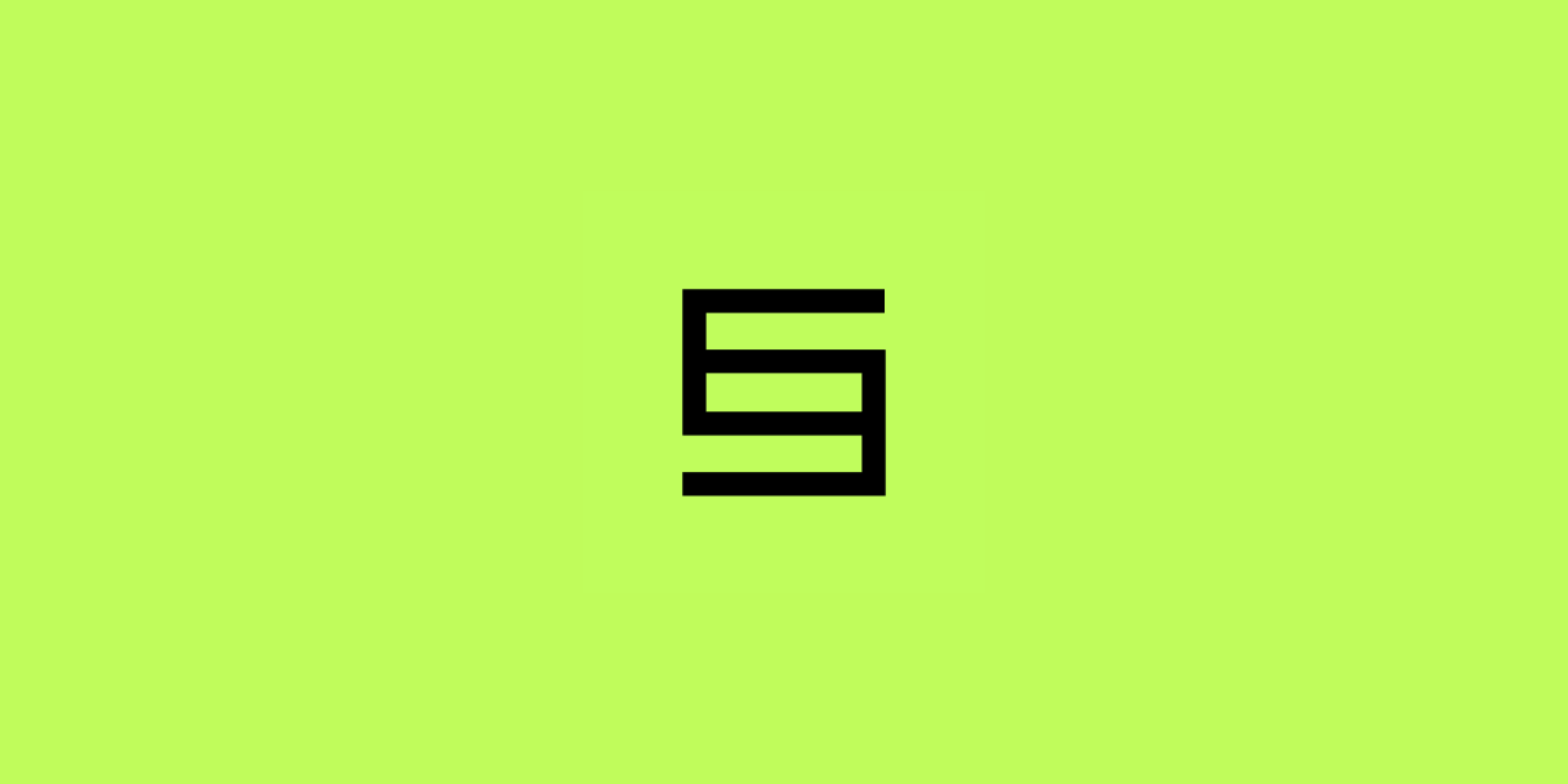Introduction
The GOAT Network is a BTC Layer 2 (L2) solution integrated with an Entangled Rollup Network. This integration facilitates a unified liquidity provider for various Layer 1 (L1) blockchains, creating a universal settlement layer. The network employs advanced cryptographic techniques to enhance security, scalability, and decentralization.
Innovation
GOAT Network leverages BTC Rollup and the Entangled Rollup Network to provide a unified liquidity solution for multiple L1 blockchains. Its key innovations include:
- BTC Rollup and Entangled Rollup Network: This integration ensures seamless liquidity provision across blockchains.
- Decentralized Sequencer: Introduces a native Bitcoin Script-based locking mechanism to prevent Long-Range Attacks and ensure fairness.
- Optimistic Challenge Process (OCP): Built on BitVM2’s permissionless bridge protocol, it allows off-chain computation verification using continuation techniques.
- goatBTC Minting: Enables BTC holders to lock BTC on L1 and mint goatBTC on GOAT BTC L2 for yield generation.
GOAT Network Architecture
The architecture of the GOAT Network includes several critical components designed to enhance its functionality:
- GOAT Federation: A Decentralized Autonomous Organization (DAO) comprising operators who act as OCP Provers.
- GOAT Nodes: Responsible for L2 transaction execution, consisting of the BridgeService and Execution Layer.
- Decentralized Sequencer: Manages transaction batches with a decentralized mechanism.
- Proof Network: Generates validity proofs based on user programs and inputs.
- Relayer: Handles cross-chain communication between L1 and L2, differing from traditional Rollup bridges.
Code Quality
The code quality of GOAT Network is commendable, with a strong focus on security and efficiency. However, testing and documentation can be improved. The code base demonstrates a robust implementation of cryptographic techniques and decentralized mechanisms.
Product Roadmap
GOAT Network’s product roadmap includes further enhancements to its scalability and interoperability features. Future updates aim to improve user experience and expand the network’s capabilities, ensuring it remains at the forefront of blockchain innovation.
Usability
GOAT Network is designed for ease of use, focusing on providing seamless integration and interaction with various blockchain networks. The user interface and experience are streamlined to cater to novice and advanced users, ensuring accessibility and efficiency.
Team
The development team behind GOAT Network consists of four active developers, including three intermediates and one senior developer who works part-time. While the team is relatively small, their expertise and commitment are evident in the network’s innovative features and robust architecture.
Conclusion
GOAT Network’s integration of BTC Rollup, Decentralized Sequencer, and ZKM Entangled Rollup addresses Bitcoin’s scalability challenges. By enhancing Bitcoin scripting capabilities, ensuring fair transaction ordering, and facilitating complex L2 smart contract execution, the GOAT Network enables substantial yield generation without compromising security or decentralization.
| Initial Screening | |||
| Keep researching | |||
| Does this project need to use blockchain technology? | Yes | ||
| Can this project be realized? | Yes | ||
| Is there a viable use case for this project? | Yes | ||
| Is the project protected from commonly known attacks? | Yes | ||
| Are there no careless errors in the whitepaper? | Yes | ||
| Project Technology Score | |||
| Description | Scorecard | ||
| Innovation (Out Of 11) | 11 | ||
| How have similar projects performed? | Good | 2 | |
| Are there too many innovations? | Regular | 2 | |
| Percentage of crypto users that will use the project? | Over 11% | 5 | |
| Is the project unique? | Yes | 2 | |
| Architecture (Out of 12) | 11 | ||
| Overall feeling after reading whitepaper? | Good | 2 | |
| Resistance to possible attacks? | Good | 2 | |
| Complexity of the architecture? | Not too complex | 2 | |
| Time taken to understand the architecture? | 20-50 min | 1 | |
| Overall feeling about the architecture after deeper research? | Good | 4 | |
| Has the project been hacked? | No | 0 | |
| Code Quality (out of 15) | 12 | ||
| Is the project open source? | Yes | 2 | |
| Does the project use good code like C,C++, Rust, Erlang, Ruby, etc? | Yes | 2 | |
| Could the project use better programming languages? | No | 0 | |
| Github number of lines? | More than 10K | 1 | |
| Github commits per month? | More than 10 | 2 | |
| What is the quality of the code? | Good | 2 | |
| How well is the code commented? | Good | 1 | |
| Overall quality of the test coverage? | Good | 1 | |
| Overall quality of the maintainability index? | Good | 1 | |
| When Mainnet (out of 5) | 5 | ||
| When does the mainnet come out? | Mainnet | 5 | |
| Usability for Infrastructure Projects (out of 5) | 5 | ||
| Is it easy to use for the end customer? | Medium | 5 | |
| Team (out of 7) | 4 | ||
| Number of active developers? | 3+ | 1 | |
| Developers average Git Background? | Intermediate | 1 | |
| Developers coding style? | Solid | 2 | |
| Total Score (out of 55) | 48 | ||
| Percentage Score | |||
| Innovation | 20.00% | ||
| Architecture | 20.00% | ||
| Code Quality | 21.82% | ||
| Mainnet | 9.09% | ||
| Usability | 9.09% | ||
| Team | 7.27% | ||
| Total | 87.27% |





